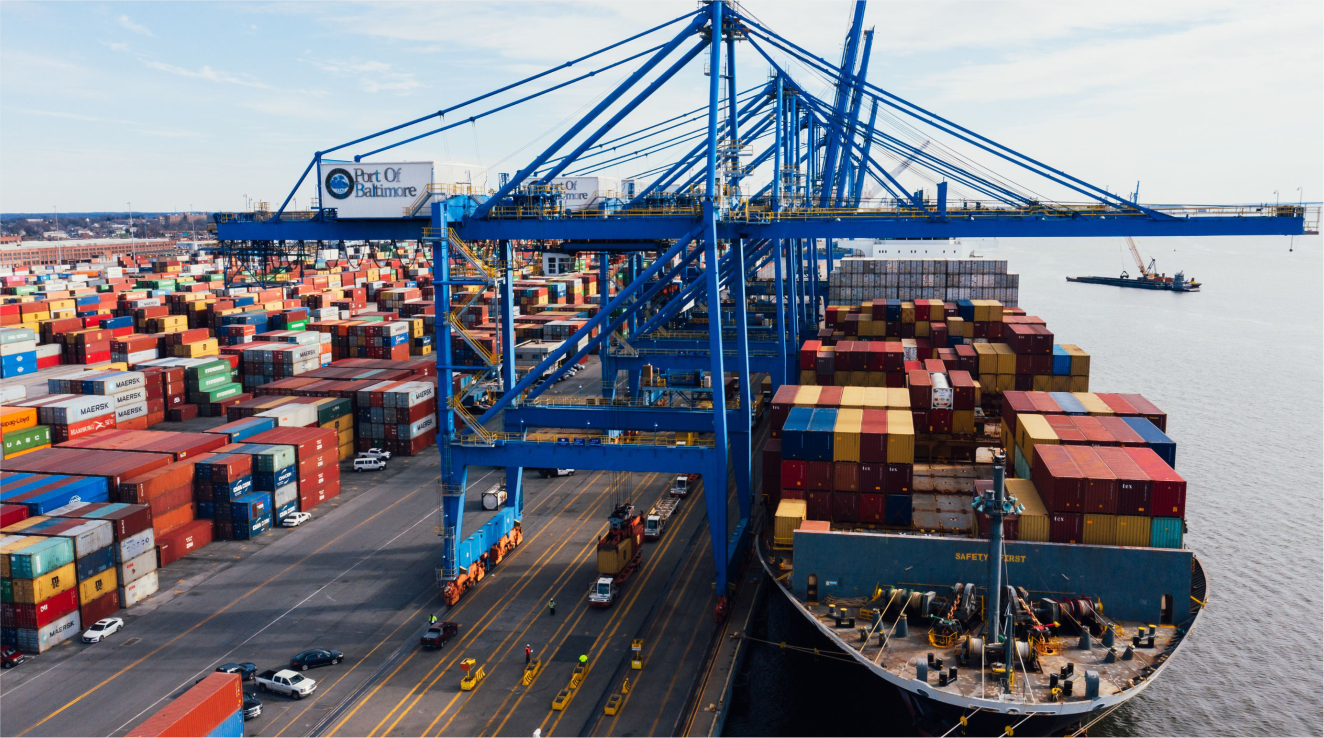A Bilateral Investment Treaty (BIT) is an agreement between two countries designed to promote and protect investments made by investors from each country in the other's territory. According to UNCTAD data, approximately 2,844 BITs have been signed globally, with 2,224 currently in force.
India introduced its first Model BIT framework in 1993, which was later revised in 2015 to balance investor rights with regulatory sovereignty. However, since this revision, India has signed BITs with only five countries—Belarus, Kyrgyzstan, Brazil, the UAE, and Uzbekistan—highlighting the challenges in securing BITs with key trade partners and attracting foreign direct investment (FDI).
While India's recent free trade agreements (FTAs) include investment-related provisions, the Union Budget 2025 announcement to revise the current Model BIT is a significant step towards making India a more attractive investment destination. This revision is crucial, especially as India aims to become a developed economy by 2047 and a global manufacturing hub. A rigid BIT framework may discourage investors.
Addressing Key Challenges in India’s BIT Framework
Legal uncertainties and a complex dispute resolution process often deter foreign investors. The current BIT framework is highly cautious, incorporating restrictive provisions that may inhibit investment inflows. To enhance investor confidence while safeguarding national interests, the government could consider the following reforms:
- Streamlining the five-year local remedies clause:
Investors should have the flexibility to choose between domestic courts and arbitration or be subject to a shorter exhaustion period. A more balanced approach would boost investor confidence while maintaining the integrity of India's legal system.
- Revising definition of investment:
To reflect the evolving nature of global investments, the definition of investment should align with international best practices by including intangible assets, portfolio investments, and digital transactions. This broader scope will make India more attractive to foreign investors in technology-driven sectors.
- Inclusion of MFN:
India could consider reintroducing a modified MFN provision, similar to economies like Vietnam and Indonesia. This could provide substantive protections while limiting procedural advantages, thereby enhancing India's investment climate without exposing it to excessive legal risks.
- Refining the Investor-State Dispute Settlement (ISDS) mechanism:
A well-defined Fair and Equitable Treatment (FET) clause, modelled after European Union standards, can protect investors from arbitrary state actions while preserving India's regulatory autonomy. This would provide greater certainty to investors and prevent unnecessary disputes.
- Integrating ESG obligations:
To align FDI inflows with India’s Sustainable Development Goals (SDGs), BITs may include ESG commitments. However, these obligations should be structured carefully to avoid discouraging investments while promoting responsible business practices.
Conclusion
Revising India’s BIT framework is imperative for attracting and retaining FDI. A balanced approach, one that ensures investor protection while safeguarding India’s policy space will be key to achieving the country’s long-term economic vision. With strategic reforms, India can enhance its investment climate, strengthen global partnerships, and drive sustainable economic growth towards its USD 30 trillion GDP target by 2047.













